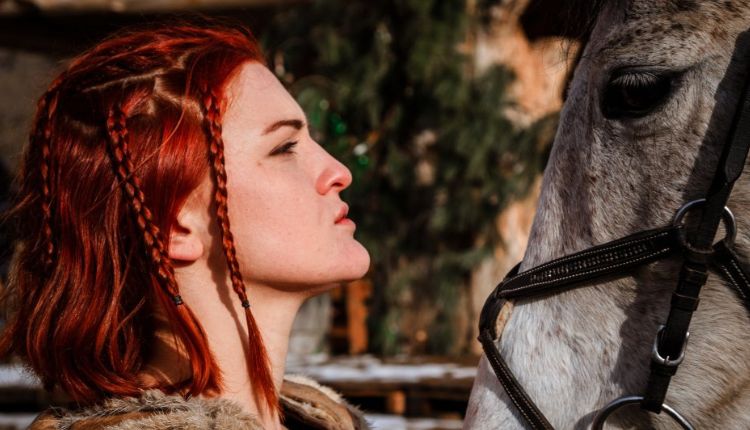Introduction:
The ancient Celtic civilization, which thrived in various regions of Europe from around 1200 BCE to the Roman conquest, left behind a rich tapestry of cultural and religious practices. Central to their way of life was the Celtic religion, an intricate belief system that interconnected the natural world with the spiritual realm. In this article, we delve into the unique facets of Celtic spirituality, exploring their pantheon, rituals, symbols, and the enduring impact of their beliefs on modern culture.
I. The Celtic Pantheon: Gods And Goddesses
The Celtic religion featured a diverse pantheon of gods and goddesses, each representing different aspects of life and nature. Among the most prominent deities were:
- Dagda – The benevolent father figure, associated with fertility, wisdom, and abundance.
- Brigid – The goddess of fire, healing, poetry, and smithcraft, often revered as a protector of creativity and inspiration.
- Lugh – The god of light, known for his skills in arts, warfare, and leadership.
- Morrigan – A powerful goddess of war, death, and prophecy, symbolizing the cycle of life and death.
Each deity played a significant role in Celtic myths and rituals, reflecting the interconnectedness between the human experience and the natural world.
II. Sacred Sites And Rituals
Celtic religious practices were closely tied to nature, with sacred sites scattered throughout the landscape. From hilltops and stone circles to springs and ancient trees, these places served as conduits to the divine. Celtic priests, known as Druids, presided over sacred rituals and ceremonies, acting as intermediaries between mortals and the gods.
Some common rituals included:
- Samhain – A festival marking the end of the harvest season and the beginning of winter, celebrated with bonfires and offerings to honor the dead.
- Beltane – The festival of fertility and renewal, where communities engaged in Maypole dancing and other festivities to encourage bountiful crops and livestock.
- Imbolc – A celebration of Brigid, involving purification rituals and the lighting of candles to symbolize the return of the sun.
III. Symbols And Artifacts
Celtic art and symbolism were imbued with spiritual significance, often depicting intricate knotwork and spirals. Some of the most well-known symbols include the Celtic Cross, Triskelion, and Triquetra, all representing concepts of eternity, life cycles, and the interconnectedness of the universe.
Ancient Celtic artifacts, such as the Gundestrup Cauldron and the Turoe Stone, provide insights into their religious beliefs and mythological narratives. The cauldron, for instance, symbolized abundance and regeneration, while the stone served as a focal point for ritual activities.
IV. The Legacy Of Celtic Religion
With the expansion of the Roman Empire and the subsequent spread of Christianity, the traditional Celtic religion began to wane. However, certain elements of Celtic spirituality persisted and merged with Christian practices, resulting in a unique blend of beliefs known as Celtic Christianity.
In modern times, there has been a revival of interest in Celtic spirituality and paganism. Many people find resonance with the reverence for nature, the emphasis on interconnectedness, and the celebration of seasonal cycles. Contemporary neo-pagan movements draw inspiration from the ancient Celtic religion, adapting its principles to suit modern lifestyles and beliefs.
Conclusion:
The ancient Celtic religion remains a captivating enigma, bridging the gap between humanity and the natural world. The reverence for gods and goddesses, the sacred rituals, and the symbolism woven into their art all reveal a profound connection to the cycles of life and the mysteries of existence. As we continue to explore and appreciate the legacy of the Celts, their spiritual heritage lives on, resonating with those seeking harmony with nature and a deeper understanding of the divine.
FAQs:
- Q: Were the Druids the only religious practitioners in Celtic society? A: While Druids were prominent religious figures, Celtic society comprised various spiritual roles. Bards, Ovates, and Vates also played essential roles in religious and cultural affairs, focusing on poetry, divination, and prophecy, respectively.
- Q: Is Celtic paganism the same as modern-day Druidism? A: Modern Druidism draws inspiration from the ancient Celtic religion, but it is not an exact replication. Druidism today is a modern spiritual movement that incorporates Celtic beliefs, nature reverence, and ethical principles relevant to contemporary society. It is a living tradition that continues to evolve.

